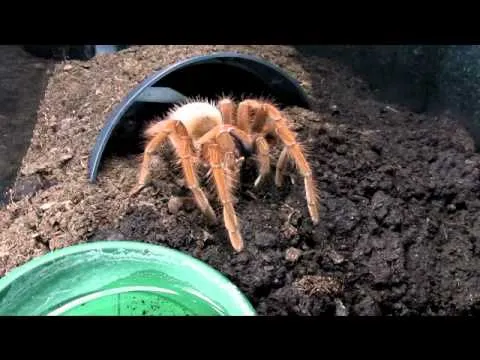Tarantula Feeding Overview What You Need to Know
Caring for a tarantula involves many aspects, and one of the most crucial is feeding. Providing the correct diet is essential for your tarantula’s health, growth, and overall well-being. This comprehensive guide will delve into the essential aspects of tarantula feeding, from understanding their dietary needs to addressing potential issues. Whether you’re a beginner or an experienced tarantula owner, this guide will provide valuable insights to ensure your spider thrives. You must understand the fundamentals, including frequency, food types, and environmental factors that influence your tarantula’s appetite. We’ll explore the ideal conditions and best practices to keep your pet healthy and happy. Proper feeding is not merely a matter of providing food; it’s about understanding your tarantula’s individual needs and creating an environment where it can thrive.
Understanding Tarantula Feeding Frequency and Amount
The frequency and amount of food you give your tarantula are critical to its health. Overfeeding can lead to obesity and health problems, while underfeeding can stunt growth and impact its overall condition. As a general guideline, juvenile tarantulas (spiderlings) should be fed more frequently, about once or twice a week, with appropriately sized food items. Adults, on the other hand, can be fed less often, typically once every one to two weeks. This schedule can vary depending on the species, the individual tarantula’s appetite, and its life stage. Always observe your tarantula’s abdomen; a healthy tarantula should have a slightly rounded abdomen, not too thin or overly plump. Adjust feeding based on its condition and activity level. Offering a variety of food items ensures your tarantula receives a balanced diet, contributing to its overall vitality and longevity.
Factors Influencing Feeding
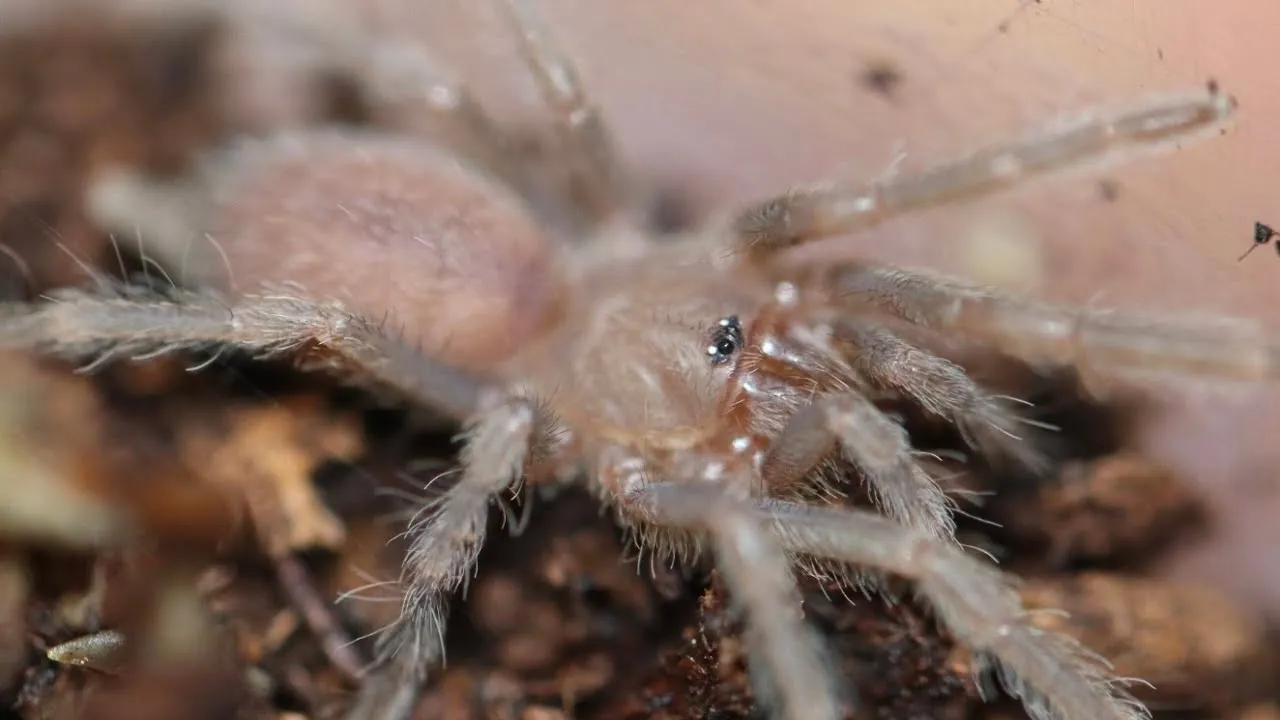
Several factors can affect how much and how often your tarantula should be fed. Recognizing these influences will help you tailor your feeding regimen for your spider. Knowing these factors enables you to adapt your approach, ensuring your tarantula receives the proper nutrition at every stage of its life.
Age and Growth Stage
Younger tarantulas require more frequent feeding due to their rapid growth. As they mature, their metabolism slows down. Adjust feeding frequency as your tarantula ages, transitioning from a more regular schedule to less frequent feedings for adults. Spiderlings need to eat more often than adults. The younger spider is, the more you must feed it. Older ones won’t need to eat as often and can go a longer time between meals.
Species Specific Needs
Different tarantula species have varying dietary needs. Research your specific species’ requirements, as some may have faster metabolisms or preferences for specific food types. Some species are naturally more voracious eaters, while others might be more selective. Always research the species you own and feed it accordingly. Some species grow faster or slower than others, so learning about your spider’s specific species is key.
Environmental Conditions
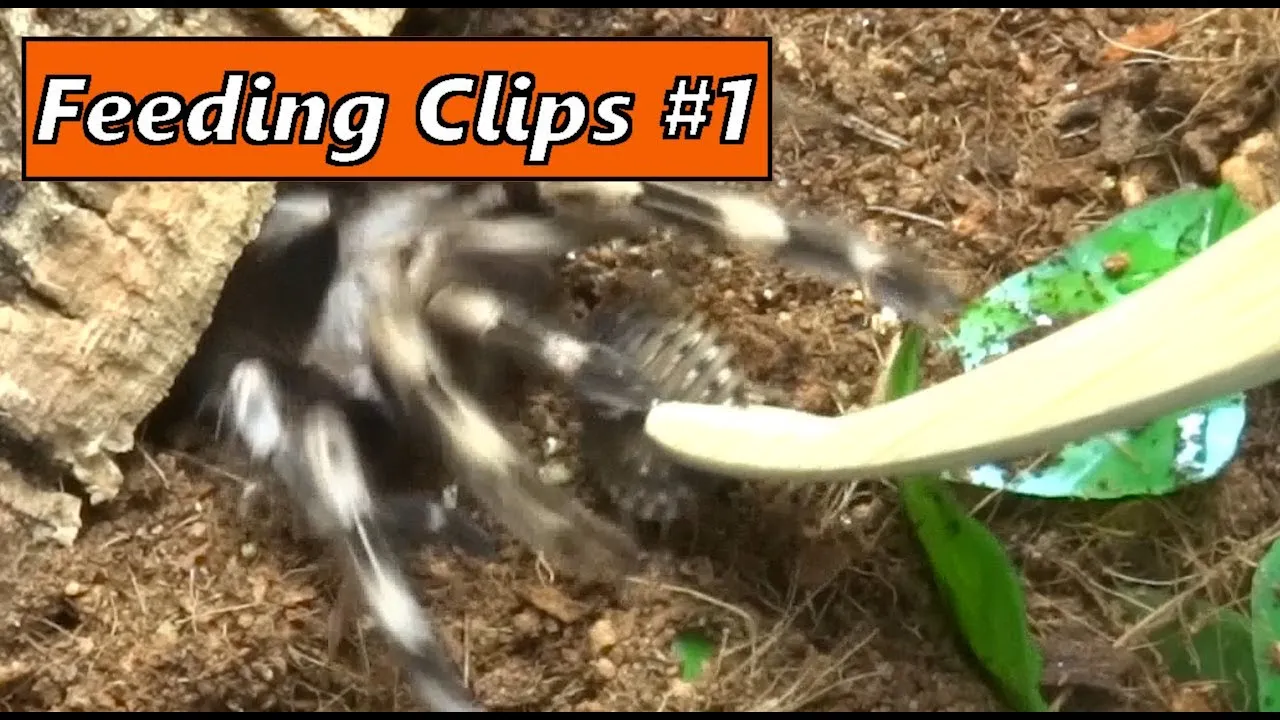
Temperature and humidity levels can impact a tarantula’s appetite. A comfortable environment with optimal temperatures and humidity levels encourages feeding. Extreme conditions can cause your spider to stop eating. Ensure the enclosure is maintained at appropriate levels to stimulate feeding. Always be sure the living conditions are safe for your tarantula. Maintain optimal temperature and humidity to encourage eating.
Choosing the Right Food for Your Tarantula
The diet of your tarantula should consist primarily of insects. Ensure that the insects are safe, healthy, and provide the necessary nutrients. Consider live insects, pre-killed insects, and occasional supplements to create a balanced diet. A varied diet promotes a healthy and thriving tarantula.
Live Insects
Live insects are the most natural food source for tarantulas, as they mimic what these spiders would eat in the wild. Crickets, mealworms, and roaches are popular choices, but it’s crucial to choose insects that are appropriately sized for your tarantula. Ensure these insects are gut-loaded with nutritious food before offering them to your spider. Gut-loading involves feeding the insects a nutritious diet, which passes essential vitamins and minerals to your tarantula when it consumes them. Live insects stimulate your spider’s hunting behavior, keeping it active and engaged. Always watch your tarantula feed for the first time.
Pre-killed Insects
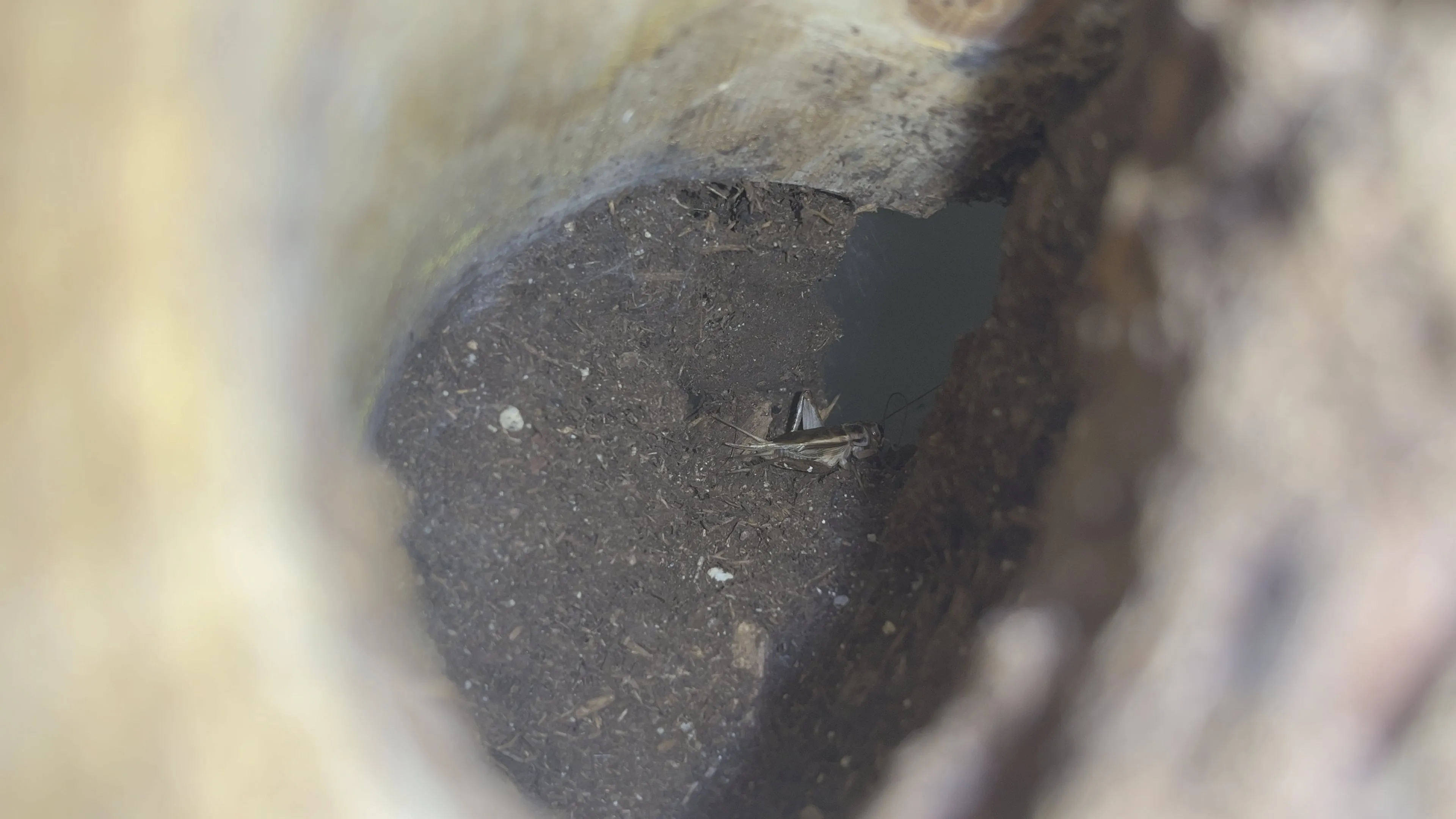
Pre-killed insects provide a safe alternative, especially for beginners or those who prefer not to deal with live prey. These are insects that have been humanely killed and can be offered to your tarantula using tongs. This method can be useful for tarantulas that are reluctant hunters or for spiderlings that may struggle with live prey. Ensure the insects are fresh and appropriately sized to prevent potential hazards. Pre-killed insects remove the risk of injury to your tarantula from live prey and are easier to manage. It is important to watch your tarantula feed and remove the food if it is not interested.
Supplementing the Diet
While insects are the primary food source, you can supplement your tarantula’s diet with occasional treats like small pieces of fruit (for some species) or commercially available tarantula food. Variety can enhance the nutritional value of the diet. Always research your specific species’ preferences and ensure the supplements are safe and appropriate. Too much of one thing can be a bad thing. Always provide fresh water alongside their food and treats.
How to Feed Your Tarantula Step by Step
Proper feeding involves more than just putting food in the enclosure. From preparing the enclosure to introducing the food and monitoring your tarantula’s behavior, each step is crucial for a successful feeding experience. Follow these step-by-step guidelines to ensure your tarantula is fed safely and effectively. A well-executed feeding plan ensures that your tarantula receives the essential nutrients and also minimizes potential risks. Always take the proper safety measures. A healthy and well-fed tarantula is a happy tarantula.
Preparing the Enclosure
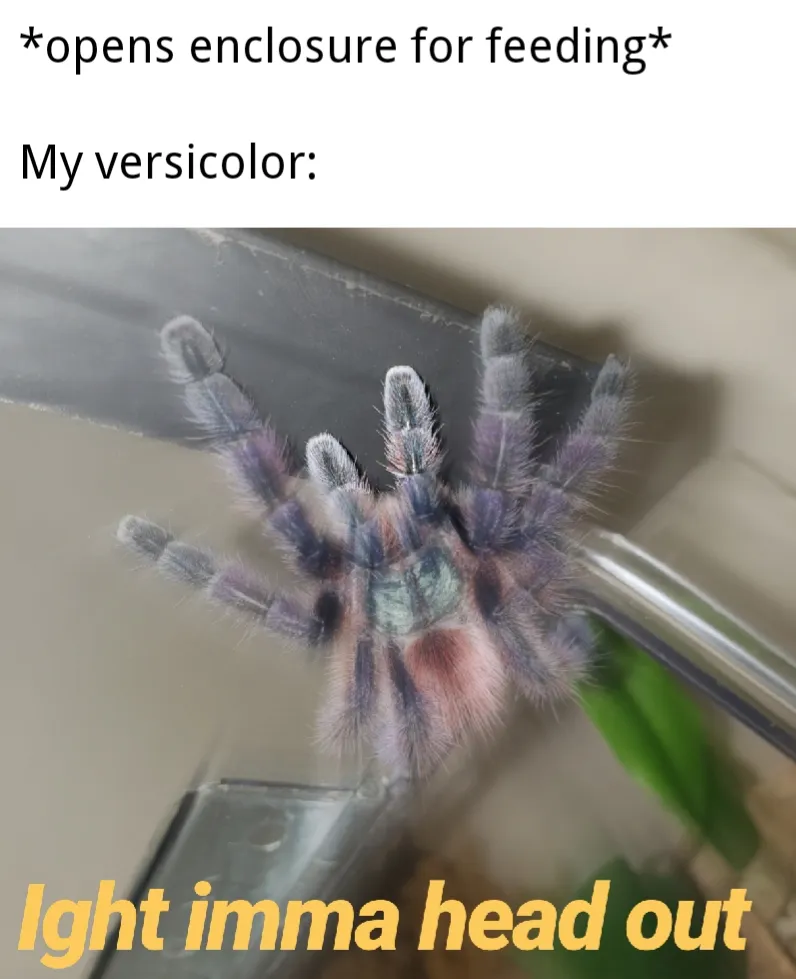
Before feeding, make sure the enclosure is clean and safe. Remove any old food remains, shed skin, or debris. Ensure the enclosure has adequate ventilation and the appropriate temperature and humidity levels. If using live insects, provide hiding places to reduce stress on your tarantula. Make sure the enclosure is free from hazards. This prepares your tarantula for a successful feeding session, setting the stage for your pet’s health. A clean environment promotes a better appetite and overall well-being.
Introducing the Food
When introducing food, do so gently and avoid disturbing your tarantula excessively. For live insects, place them in the enclosure and allow your tarantula to hunt. For pre-killed insects, use tongs to offer the food near your tarantula’s mouth. Observe your tarantula’s reaction and ensure it can access the food. Avoid touching your tarantula directly. Observe your spider’s interest in the food to ensure it has a good appetite. Offer the food at a time when your tarantula is active, such as evening or night.
Monitoring and Removing Unconsumed Food
After feeding, monitor your tarantula to see if it consumes the food. If the food is not eaten within 24 hours, remove it to prevent stress on the tarantula and the potential for pests in the enclosure. Remove the uneaten food to maintain a clean environment. Observe your tarantula’s abdomen to ensure it is not overfed. Always clean up after feeding sessions, and monitor your spider for any health concerns.
Common Feeding Issues and How to Solve Them

Even with careful planning, issues can arise during feeding. Recognizing these problems and knowing how to address them is essential for maintaining your tarantula’s health. By addressing these issues promptly, you can ensure your tarantula gets the nutrition it needs and thrives in its environment. Knowing how to solve common problems will help you become a better tarantula owner. It is important to know how to solve these issues for the health and well-being of your spider.
Refusal to Eat
Several factors can cause a tarantula to refuse food. This could be due to stress, molting, environmental changes, or illness. Assess the enclosure conditions, make sure the temperature and humidity are correct, and provide a stress-free environment. Offer food again in a few days. If the refusal continues, consult with a veterinarian or experienced tarantula keeper. A lack of appetite can signal stress or sickness. If you notice your tarantula not eating, be sure to monitor it for any other signs of illness.
Overfeeding and Obesity
Overfeeding can lead to obesity, which can negatively impact your tarantula’s health. Signs of overfeeding include a very large, round abdomen and a lack of activity. Adjust your feeding schedule, offering smaller portions and feeding less frequently. Overfeeding can put strain on your tarantula’s joints and internal organs, reducing its lifespan. Ensure you feed your spider only what is needed. Reduce feeding frequency and/or the amount of food offered at each feeding to solve this issue. This will give your spider a better chance to be healthy.
Molt Related Fasting
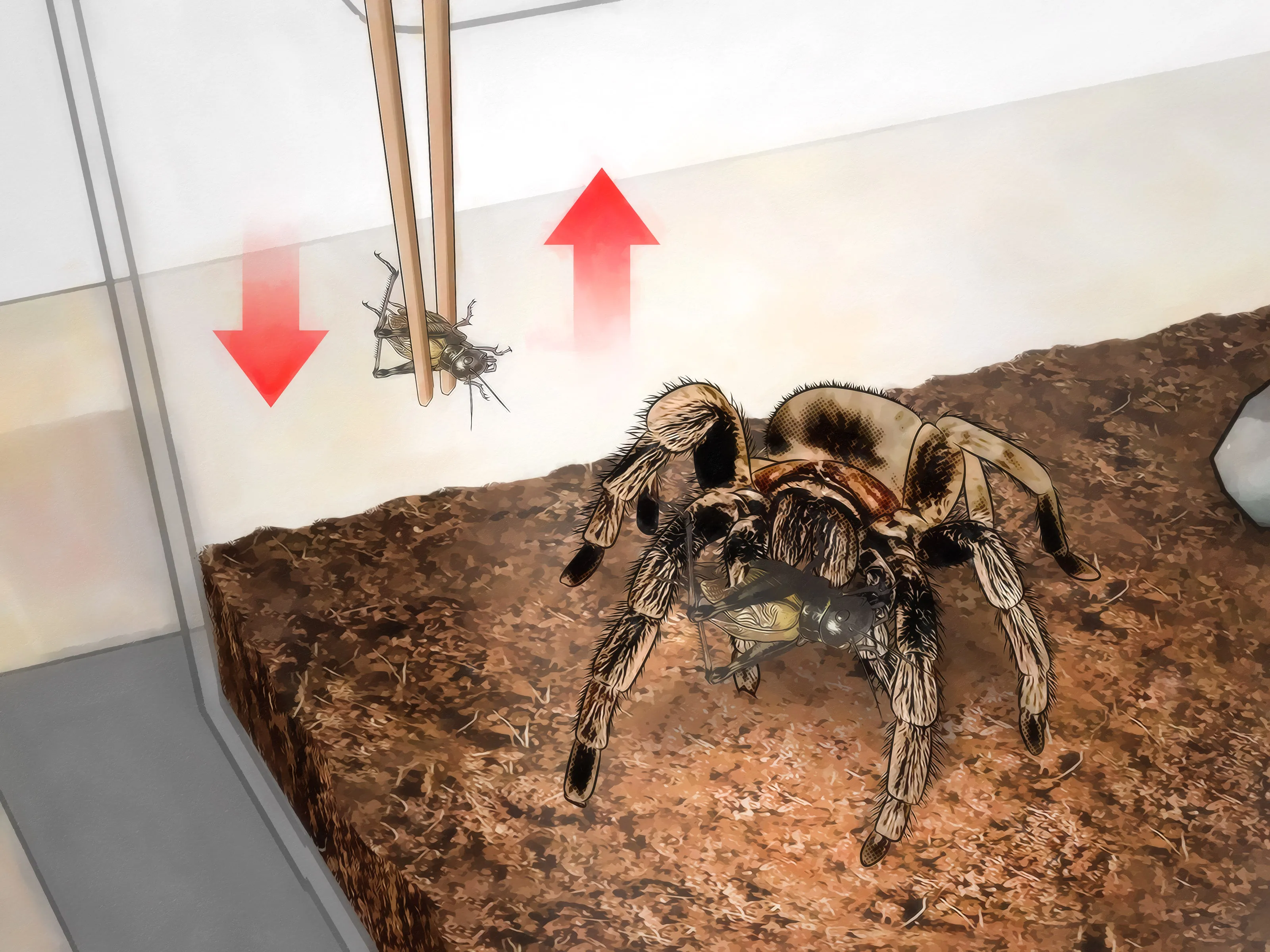
Tarantulas often stop eating before molting. This is a natural process, and there is no need to be concerned. Avoid offering food during this period. Provide a calm and stress-free environment. Once the molt is complete, your tarantula will likely resume its feeding behavior. Not eating is normal before molting. Do not be worried if your spider is not eating and is about to molt. This is natural and should be expected. Provide a safe, stress-free environment.
Conclusion Summary of Feeding a Tarantula
Feeding your tarantula is a fundamental aspect of responsible pet ownership. By understanding the basics of tarantula feeding – frequency, food types, and environmental factors – you can ensure your spider thrives. Remember to observe your tarantula’s behavior, adjust feeding schedules as needed, and seek advice when necessary. Always prioritize the health and well-being of your pet. With the right knowledge and care, you can provide your tarantula with the best possible life. Proper feeding is crucial for your pet’s health. Always consult with experienced tarantula keepers or vets for advice.
